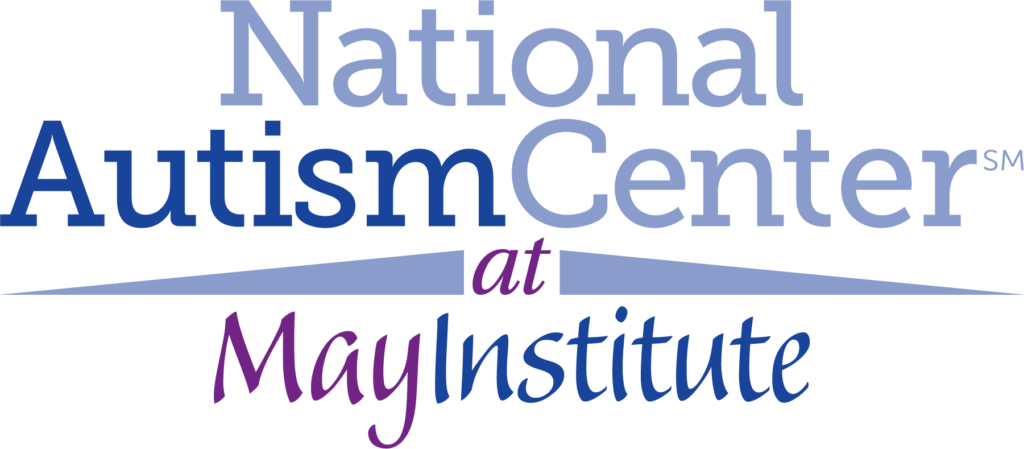About
About NAC
The National Autism Center is May Institute’s Center for the Promotion of Evidence-based Practice. It is a nonprofit organization dedicated to disseminating evidence-based information about the treatment of autism spectrum disorder (ASD), promoting best practices, and offering comprehensive and reliable resources for families, practitioners, and communities.
The National Autism Center resides on a campus shared by May Institute’s corporate headquarters, the May Center School for Autism and Developmental Disabilities, the May Center for ABA Services, and a Day Habilitation Program for adults with disabilities. Located on that campus are more than 40 doctoral-and master’s-level professionals, representing one of the country’s largest on-site concentrations of clinical expertise in ASD. The Center is also APA-approved internship site, drawing talented doctoral students from across the country. Guided by a Professional Advisory Board, the Center brings concerned constituents together to help autistic individuals and their families pursue a better quality of life.
THE NATIONAL STANDARDS PROJECT IMPACT AND HISTORY
In 2009, the National Autism Center completed an unprecedented multi-year project — the National Standards Project — to establish a set of standards for effective, research-validated educational and behavioral interventions for children on the spectrum. These standards identified treatments that effectively target the core symptoms of ASD. When published, the resulting National Standards Report became the most comprehensive analysis available to date about treatments for autistic children and adolescents. It served as a single, authoritative source of guidance for parents, caregivers, educators, and service providers as they made informed treatment decisions.
In 2015, we released a new review and analysis of treatments for ASD based on research conducted in the field from 2007 to 2012. This report provided an update to the empirical treatment literature (as published in the National Standards Report in 2009) and included studies evaluating treatments for adults (22+), which had never been systematically evaluated before that time.

